Did you know the light around us ( white light ) is made up of all the colours of the rainbow? This easy rainbow STEM challenge shows you how to make a rainbow inside with a prism and outside with a hosepipe!
Rainbows form when sunlight is refracted and dispersed in drops of rain or mist. Sunlight slows down as it moves from the air into a raindrop ( as water is denser than air ). The light reflects off the inside of the water droplet and is split up into its component colours because of their different wavelengths.
What are the colours of the rainbow?
Red, orange, yellow, green, blue, indigo and violet
Why do rainbows form?
Rainbows are seen in the sky opposite the sun and are caused by the refraction ( bending of light ) and dispersion ( splitting up ) of sunlight in drops of rain or mist. Sunlight hitting the rain or mist is dispersed into its constituent colours. This is because the light is reflected at varying angles, creating a rainbow as the different colours refract and bend by different amounts. Each colour of the rainbow has a different wavelength.
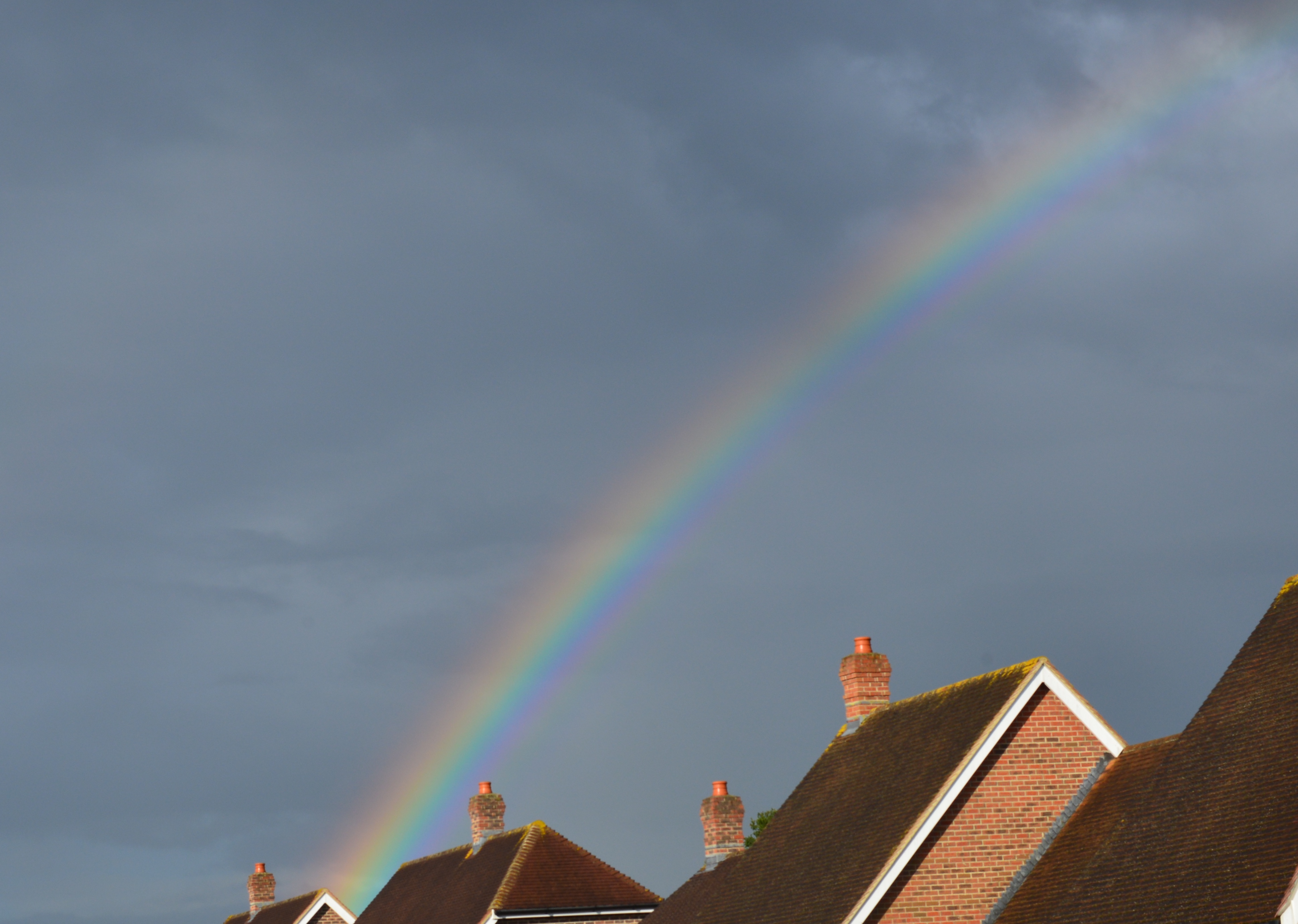
What is Refraction?
Refraction occurs when light bends as it passes through a transparent material, such as glass, prisms, or raindrops.
How to make a rainbow on a sunny day
Use a hosepipe
If you have a spray bottle or hosepipe that can make a fine mist of water, you can make a rainbow on a sunny day.
Stand with your back to the sun and spray the hosepipe into the air. You might have to move it around to find the best angle for a rainbow.
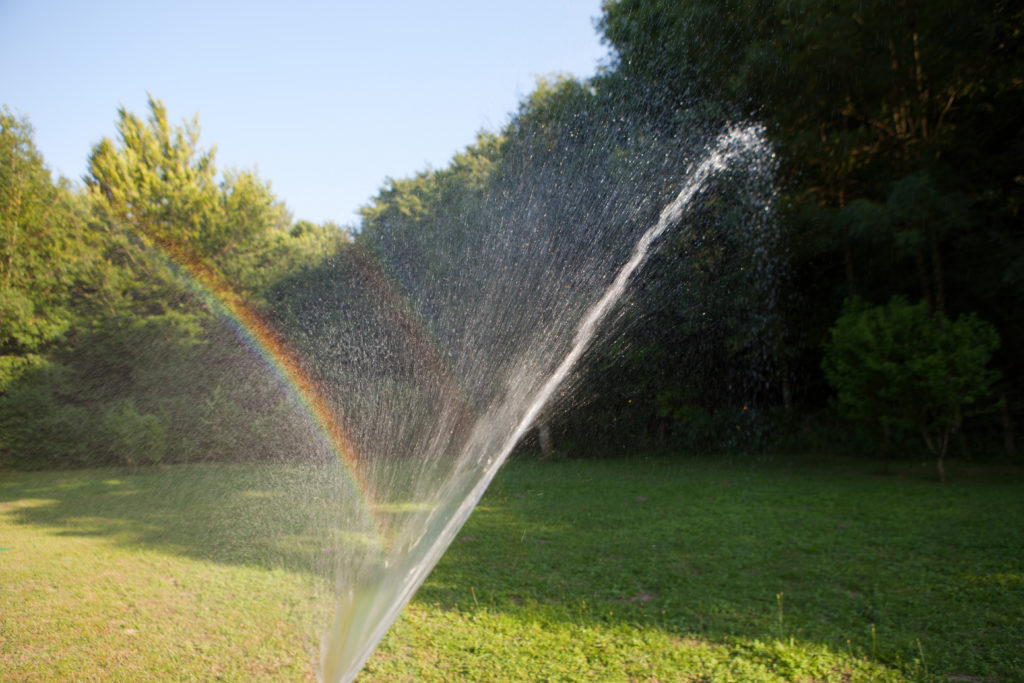
Why can you see a rainbow through water?
Tiny drops of water act like a prism, splitting light into individual colours depending on their wavelength. Violet light is bent ( refracted ) the most and red the least.
Light is bent by refraction, and it is split into a rainbow of colours by dispersion.
Make a rainbow with a prism
If you have a sunny day, you can also use a prism to make a rainbow.
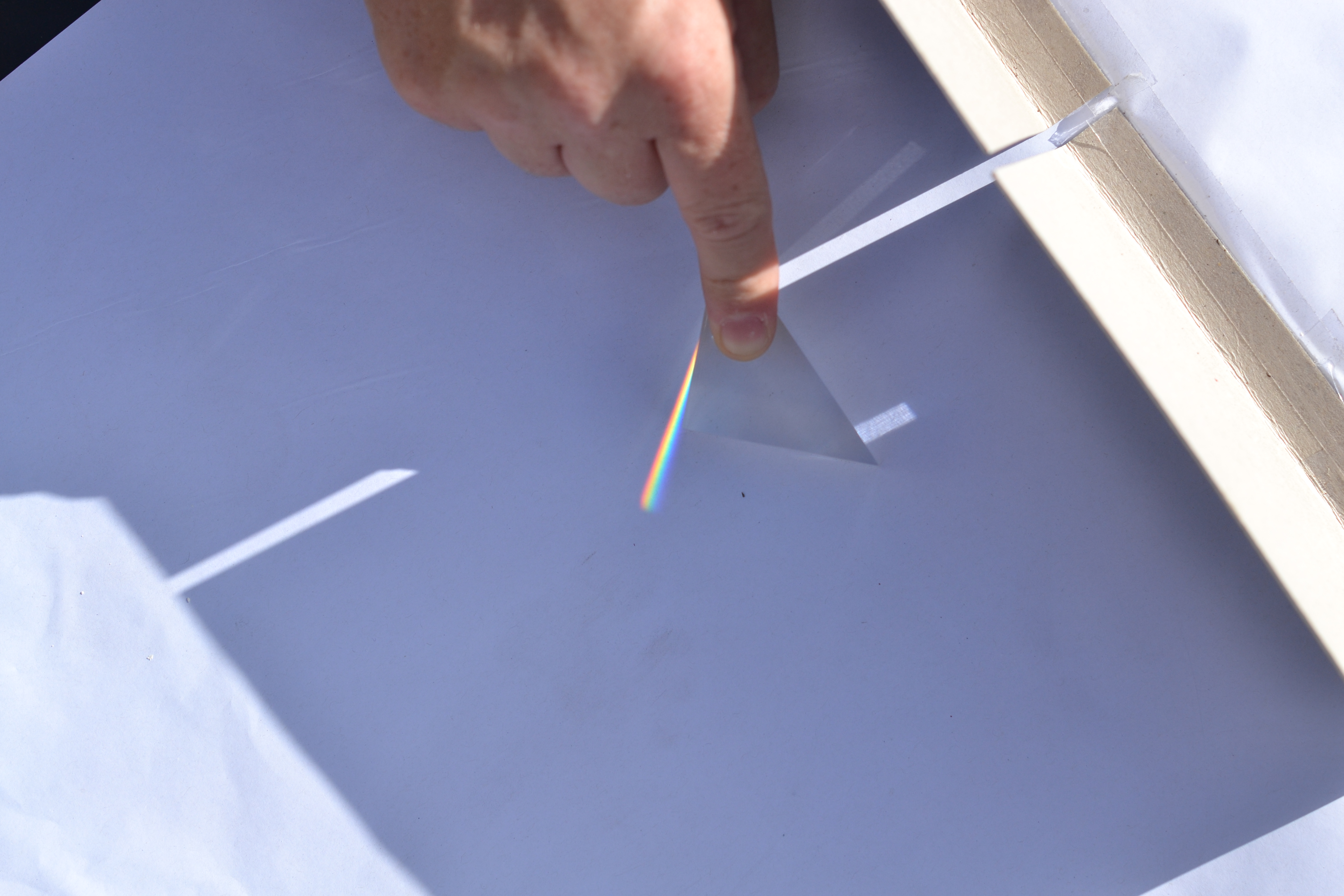
Make a rainbow with a mirror
Try placing a mirror inside a glass and angling the glass so sunlight hits the mirror. You should be able to reflect a rainbow onto the wall.
Make a rainbow without the sun
Place a mirror inside a glass and shine a torch onto it until you can see a rainbow reflected onto the wall. You might have to adjust the angle of the glass to make it work.
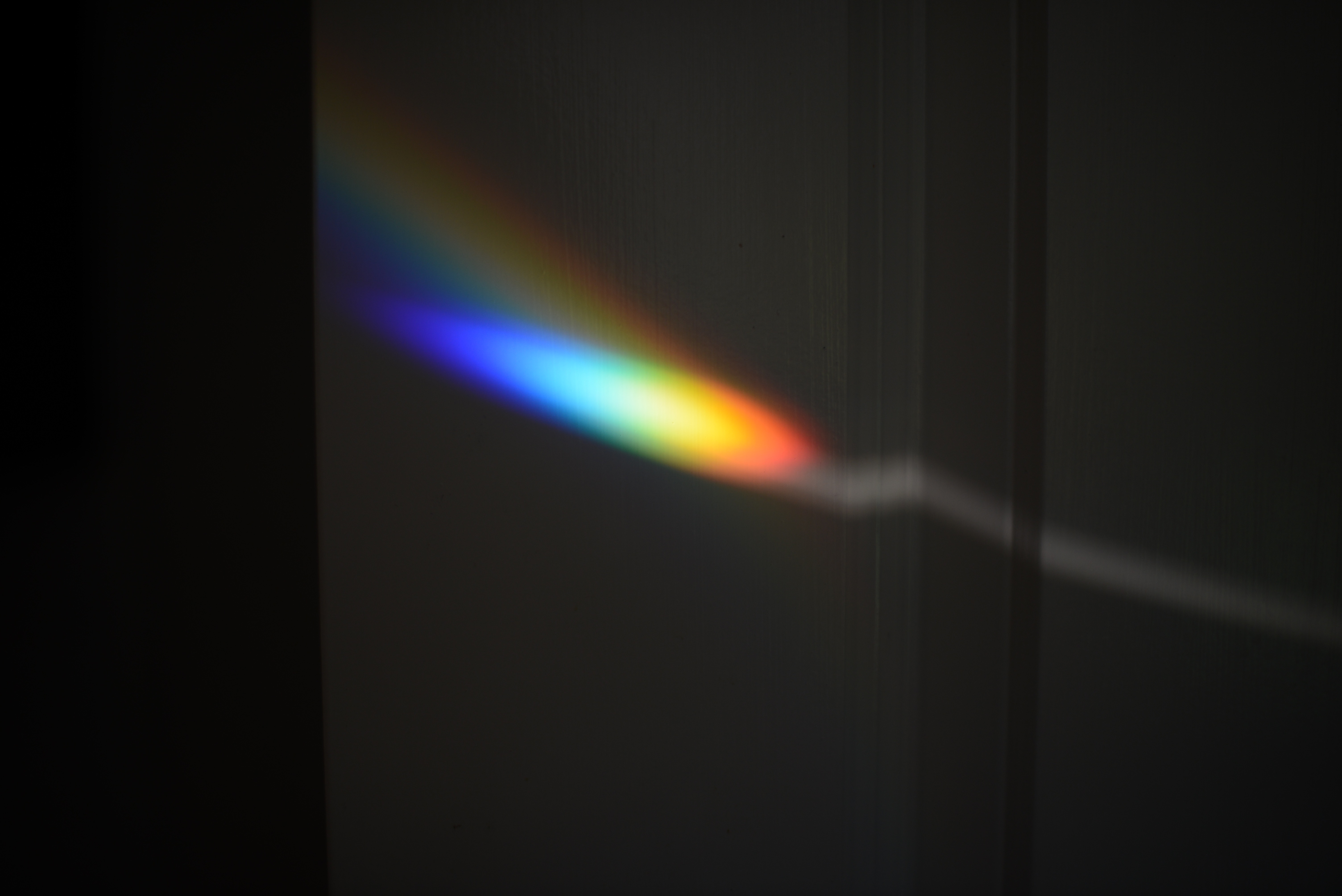
If you can make a room very dark, you might also be able to see a rainbow by shining a torch through a prism.
Find Rainbows in Bubbles
When white light shines through the bubble film, it is reflected and dispersed, splitting the light into its different wavelengths. This allows you to see all the colours of the rainbow in the bubbles.
Rainbow Crafts for kids
Make rainbow paper like The Science Kiddo
We love this rainbow scavenger hunt from Hands On as We Grow.
Or how about a giant collage like The Imagination Tree?
Suitable for Key Stage 2 Science
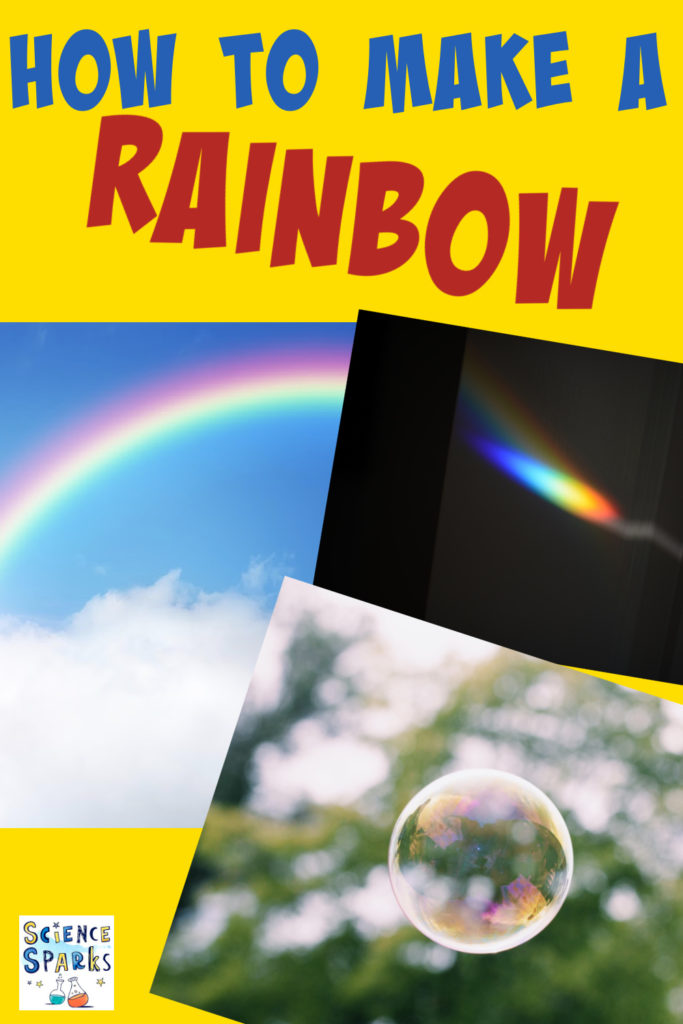
If you enjoyed these activities, don't forget we have 100s more FREE science experiments for you to try!
Last Updated on March 27, 2025 by Emma Vanstone

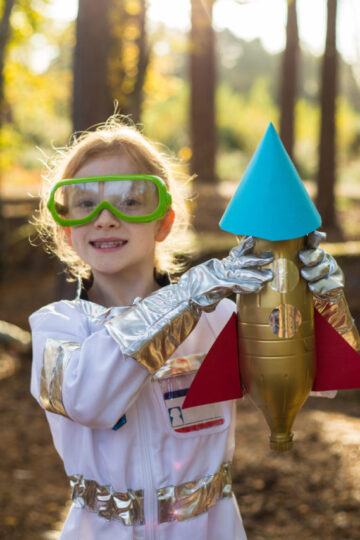

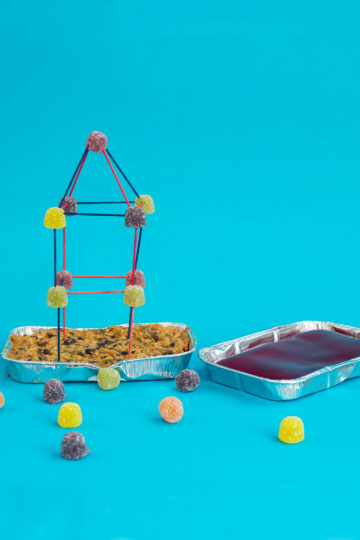
Rohit says
Great. I once did that experiment, where i put mirror in the glass. Love that.